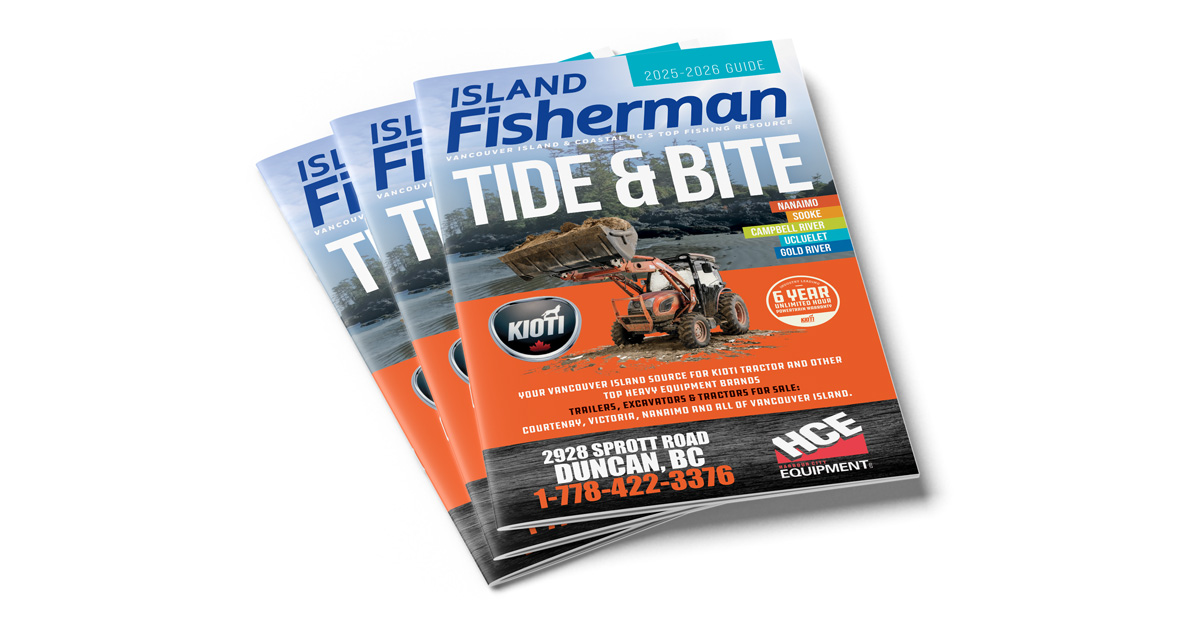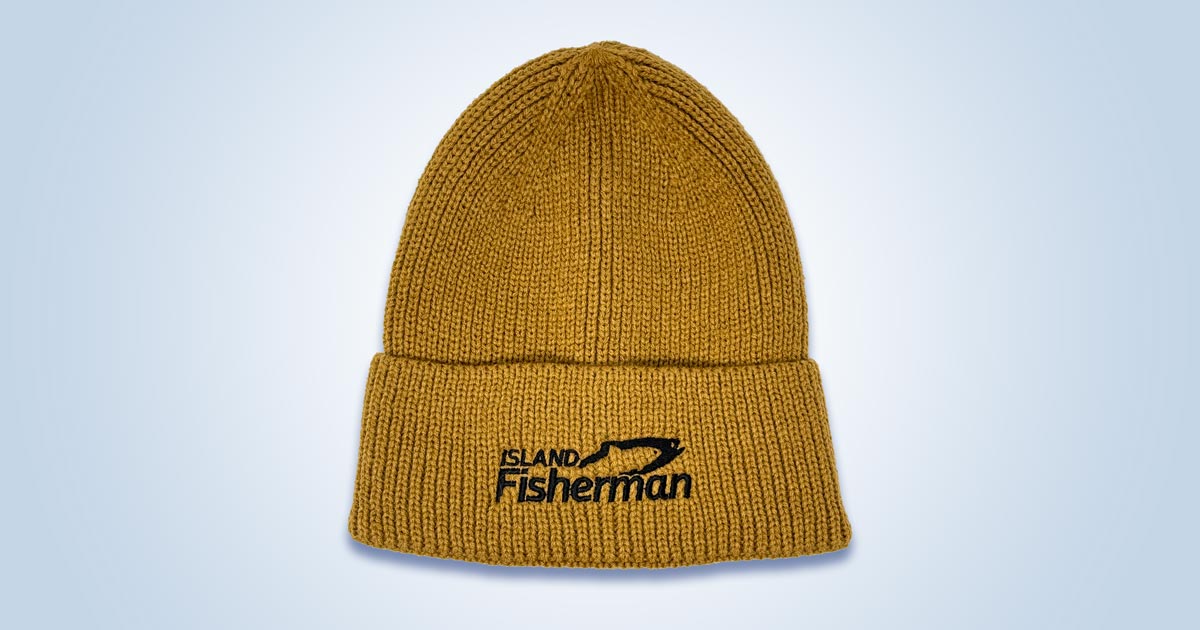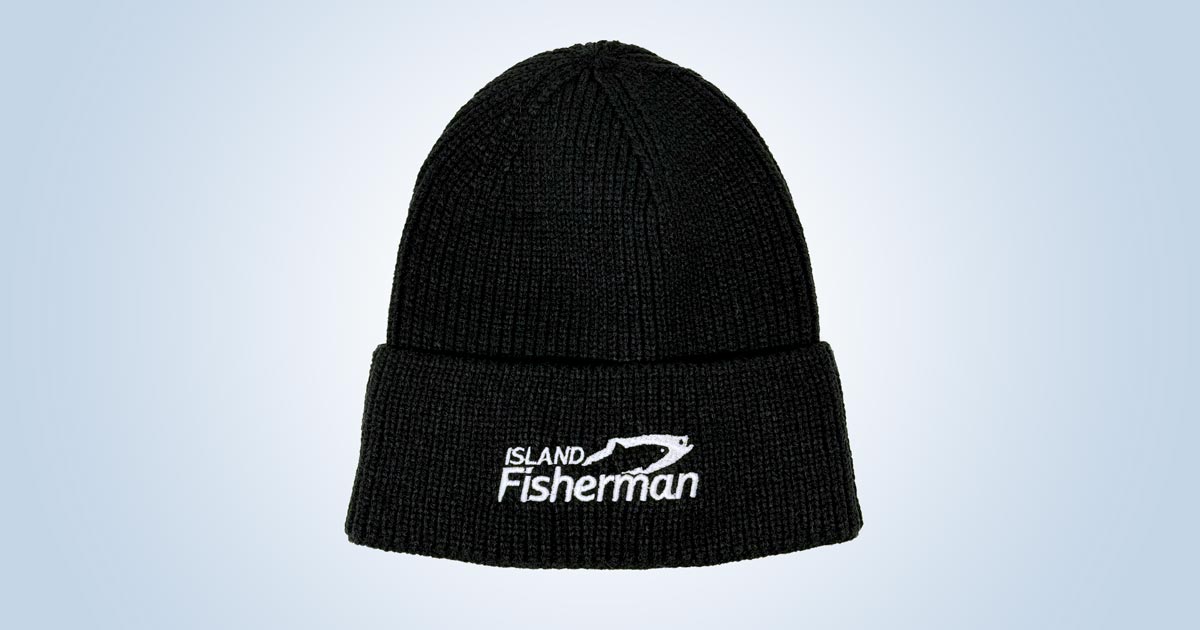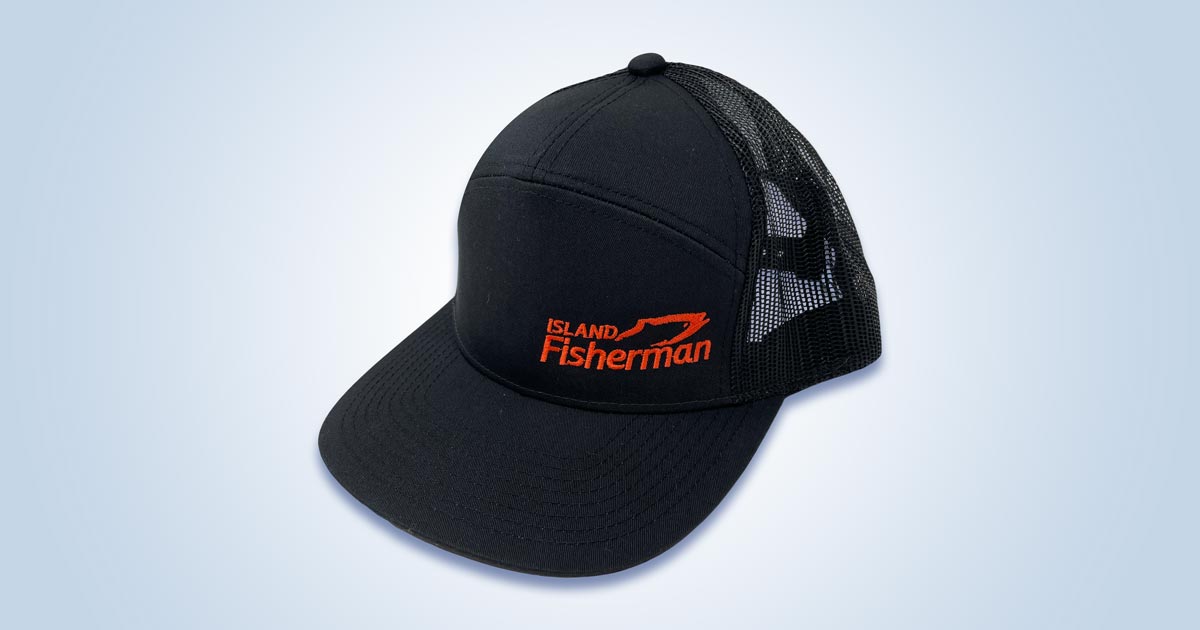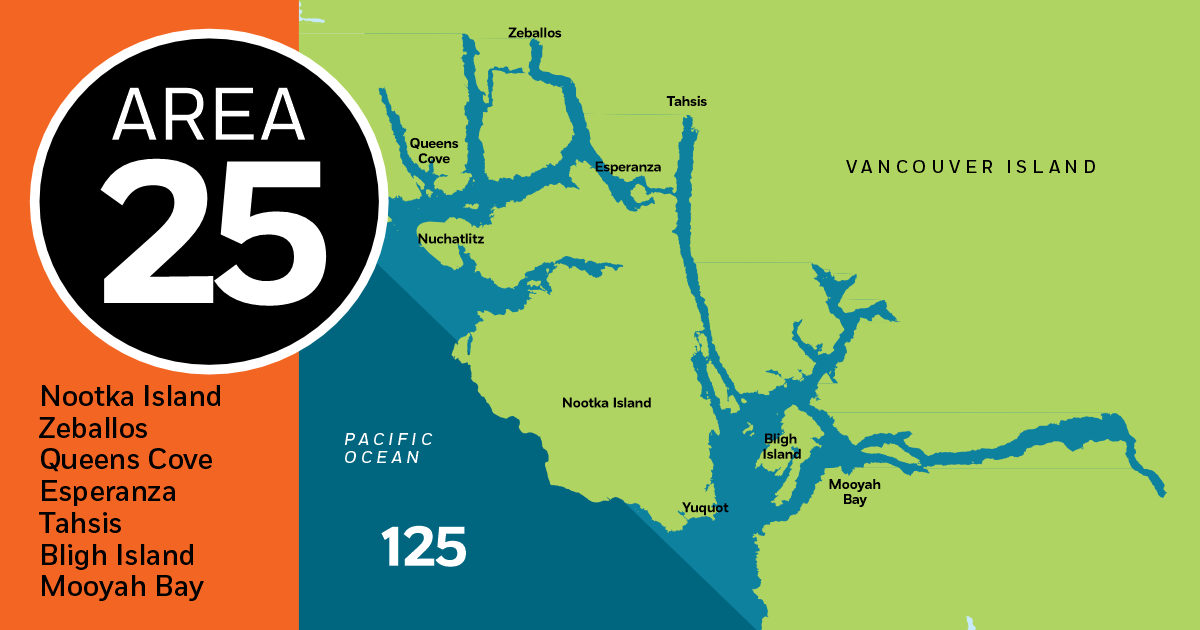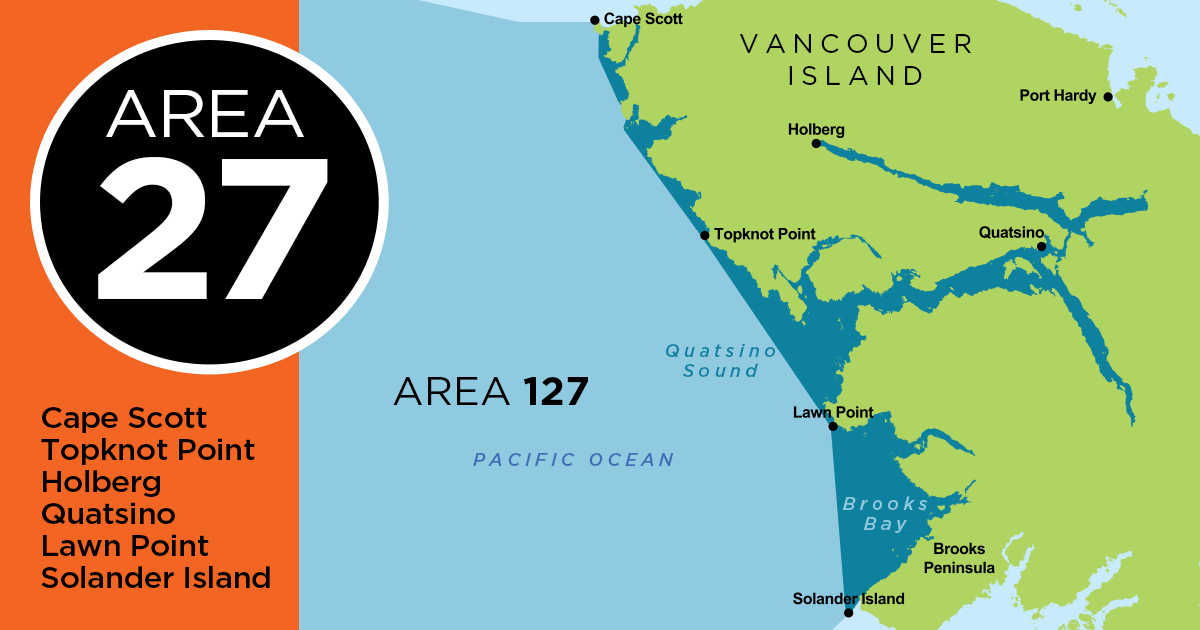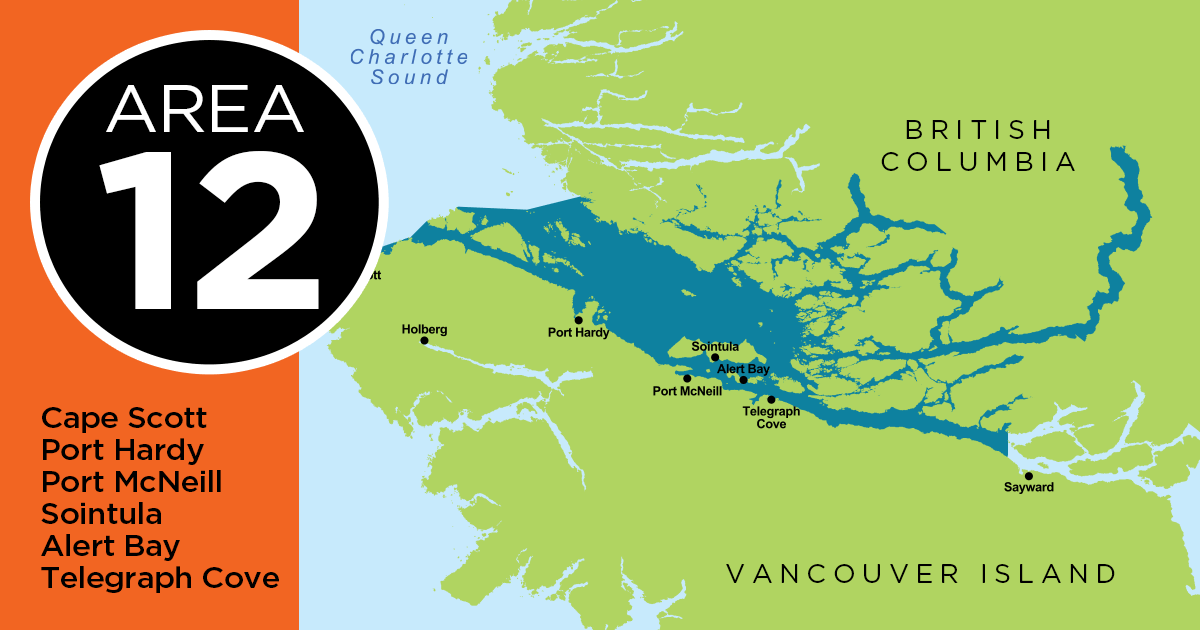
Brooksy (L) and Matt Johnson, Author (R)
While Vancouver Island is a renowned fishing destination, Island Fisherman Magazine also explores the rich angling opportunities found elsewhere in the world. From exotic locales in the tropics to pristine waters in remote corners of the globe, our articles delve into diverse fishing experiences and cultures. This article is from one of our readers who lives here on Vancouver Island, Matt Johnson…
Battling Giants: The Giant Trevally Experience
It’s late in the afternoon. You’ve been casting heavy 5.5 ounce poppers endlessly under the burning eye of the Omani sun—you are reaching exhaustion. It’s been quiet on the water all day, save for the odd overconfident seabird or garfish harrying your lure. Your guide says there is enough light for one more drift before it’s time to head back to the mothership for a cool shower and dinner. As the boat slides up on plane, the air movement provides a moment of cool respite from the sweaty sun shirt sticking to your back.
The boat slows to a stop, up-current of the reef. The guide wants everyone (you and two other anglers), casting port side. He says the tide is really pumping, and that it will be a fast drift. The tide is causing waves to stand up over the shallowest part of the reef, called a “bommie”.

Bommie Casting for Giant Trevally
As you cast, the guide shouts the ever-shallowing depth. “23 meters! 20!” Excitement builds as the number shrinks. Giant Trevally (GT) use turbulence and current to overpower their prey, and there’s plenty of that close to the bommie. “12 meters—it could happen any second!” The guide is cut off by one of the others making an animal noise as a fish the size of a couch cushion boils on their popper once, twice, and then gone. “Keep going! It’s a pack attack!” shouts the guide as two more dark shapes V the water towards your popper. A hole like a dinner plate opens and sucks your lure in. You try and set the hook but the fish has hit hard enough—it’s almost redundant. The reel drag agonizes as the 100 lb braid line begins to peel off the coffee cup-sized reel spool. You struggle to get the rod butt into the fighting belt while behind you the guide is shouting to the group, “Clear your lines! Clear your lines! Fish on!” The guide has one of the outboards in low and is using it to assist you in lifting the fish off the shallows. GTs are strong enough to break you off in a reef, if given the slightest chance.
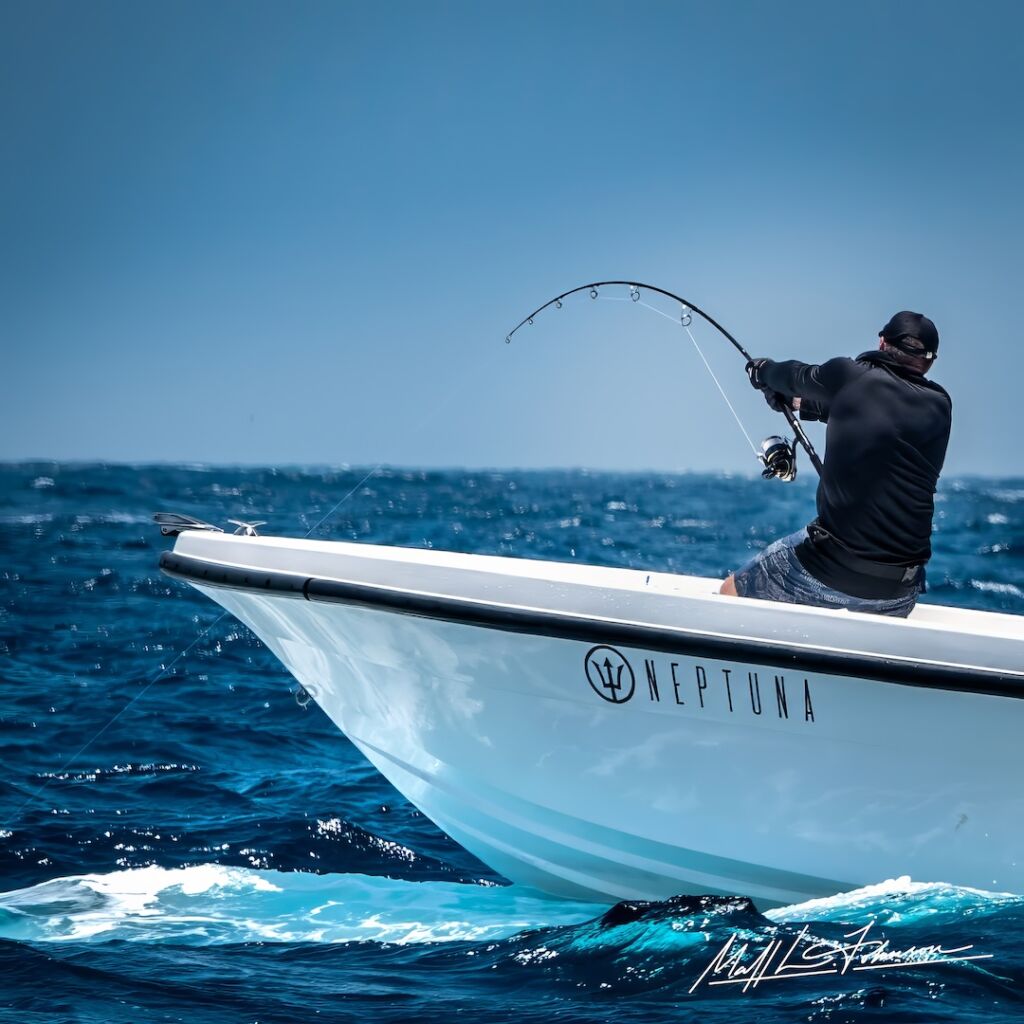
Giant Trevally Bend—Fish on!
The drag, which you set that morning, is tight enough that it hurts your hand to pull the line. That hasn’t stopped half your spool from dumping out into the water as the fish runs and shakes. Thankfully you feel the helping hands of another angler holding on to your fighting belt to support you as the small of your back burns like a branding iron, searing with each powerful surge of the fish. The guide maneuvers the boat and the fish out off the top of the reef and slows the motor to idle. Attrition is the name of the game at this point, as you slowly gain line back and reel turn after heavy reel turn.
Finally, the fish is close enough that you can see it in the water—big, grey, angry.
The guide prepares to land the fish by pulling a sling (a suitcase-sized sheet of green rubberized fabric with handles) out of a hatch and lays it on the deck. He turns the saltwater deck wash hose on to wet it. Finally, he produces a gaff and a boga (a tuna-grade pair of lip grips the length of your leg). “Guys, I’m going to need to help with this one!” the guide exclaims.
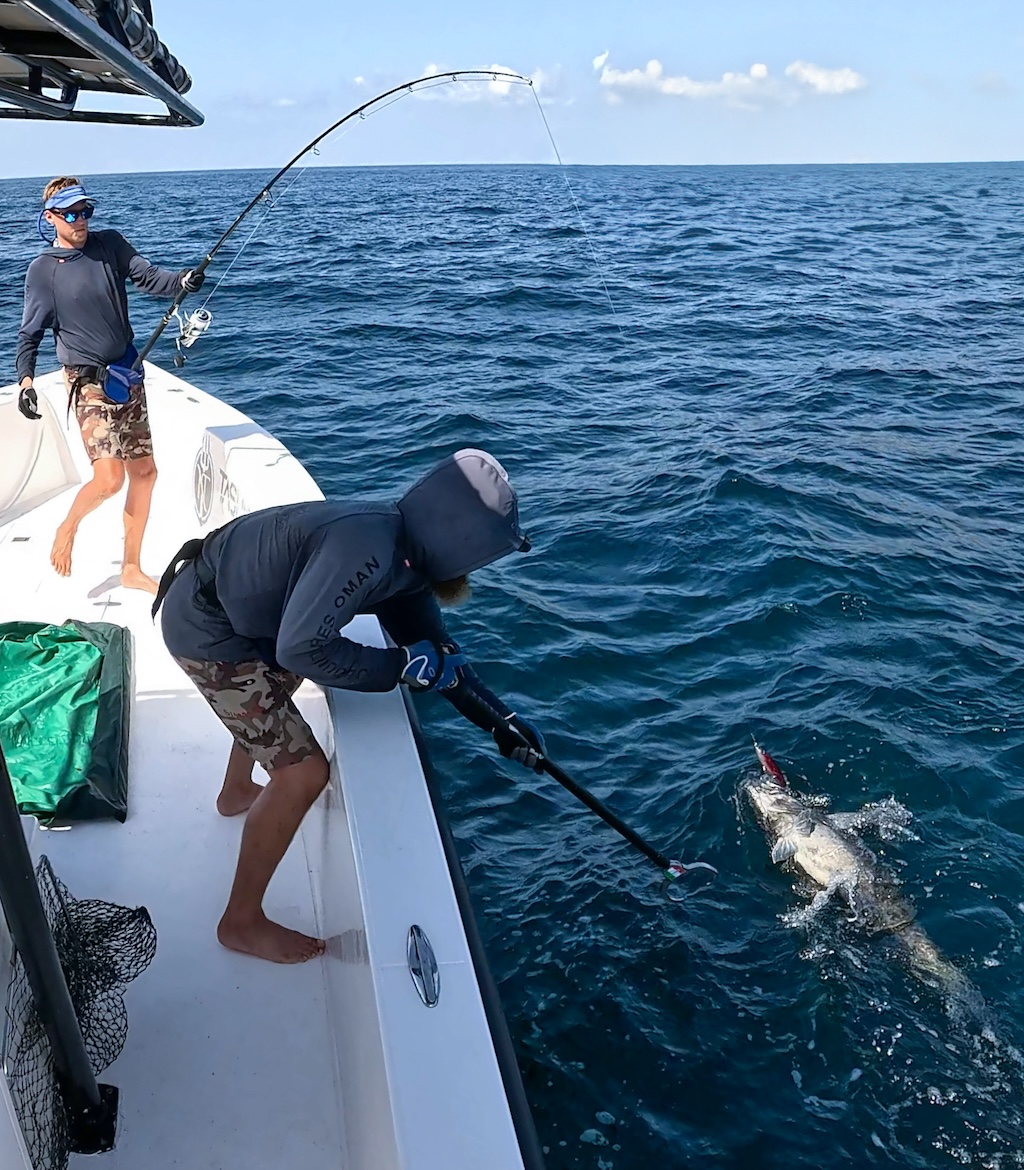
Using Boga Grips for Giant Trevally
You pump the rod until finally, impossibly, this thing is on the surface. It looks at you with an eye like a golf ball. The popper, freshly scarred with teeth marks, has its hooks buried in the fish’s lower jaw and gill plate. You know this one tried to body slam and stun the lure before eating it. The guide snaps the jaws of the boga grips around the bony tail of the trevally and passes them to another angler. The fish is secure, and you can breathe a little. He snakes the gaff through the thin skin under the fish’s tongue and the two of them lift it aboard and onto the sling. The lure is removed; the 220 lb shock leader it’s tied to is curled and tired. The deck wash hose is placed in the fish’s mouth and the wet sling is closed over the fish to keep it healthy while everyone catches their breath.
A scale you’d expect to see a side of beef hanging from is fixed to the sling and a rough measurement is taken. Team effort is required to lift the scale and sling. Your fish is 61 kg/135 lbs—a trophy on par with a grander marlin or a 200 lb tarpon. Pictures are taken with the fish in your lap—it’s so big you almost need a second person to sit with you.

Giant Trevally in sling
To seal the achievement, you dive in with the fish and resuscitate it by hand. It kicks off and is gone as fast as it appeared. The potent mix of tropical seawater and endorphins mask your tired arms and cranky lower back.
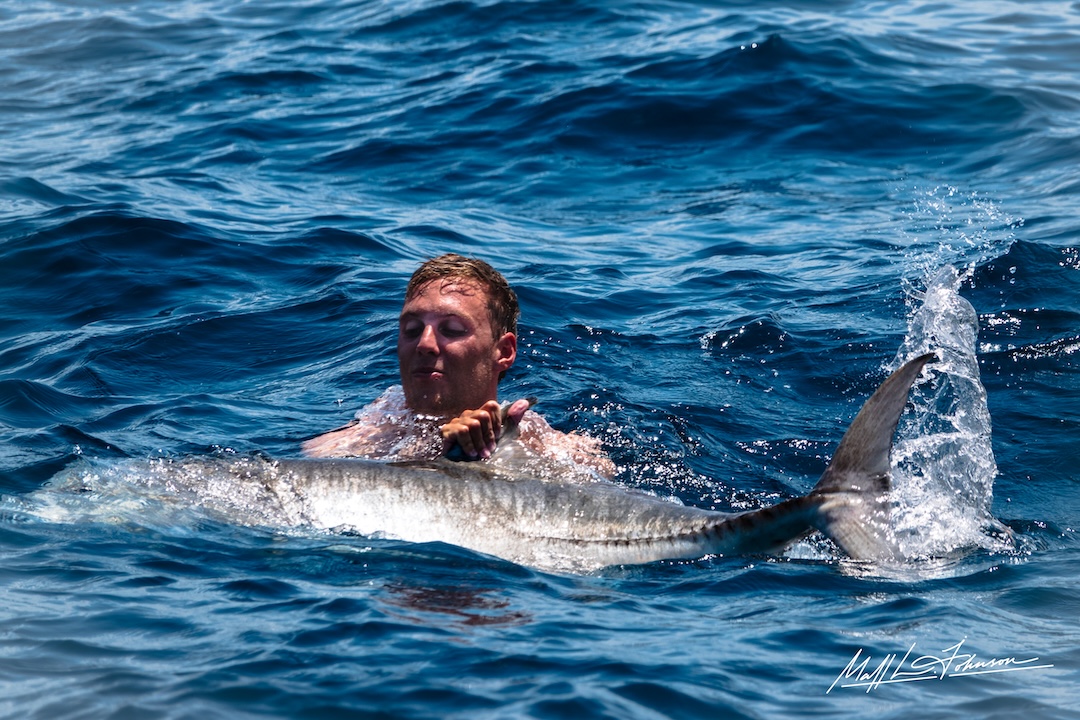
Back on the mothership in the sheltered bay of a desert island, your trophy is celebrated with a round of drinks and your name is placed at the top of the week’s leaderboard.
Making dreams like this a reality was what the folks at NoBoundariesOman endeavorer to do every week. The Sultanate of Oman is a wonderful place located on the northwestern shoulder of the Arabian Sea. It’s home to some of the largest giant trevally in the world as well as a host of other species ranging from beautiful and colourful to almost alien. The locals are friendly and love to share their cultures with foreigners. Being on a twelve-hour time difference from BC, Oman is not an easy place to get to, but it is worth it.
How To Catch Trophy Giant Trevally
What is a Giant Trevally?
Giant trevally, commonly shortened to GT, are a hugely popular sportfish found across the tropics from the east coast of Africa to the shores of Hawaii. They haunt reefs and shallows terrorizing everything from fish to turtles to birds. GT have a way of bewitching anglers with their violent feeding behaviours and love of topwater lures. These fish can weigh as much as a man and exceed 60km/h when they barrel down on and explode on a lure, which is where they get their other nickname “Bangers”. Sights like this have convinced many anglers to spend countless hours working massive, backbreaking lures and heavy fishing gear in the hot sun.
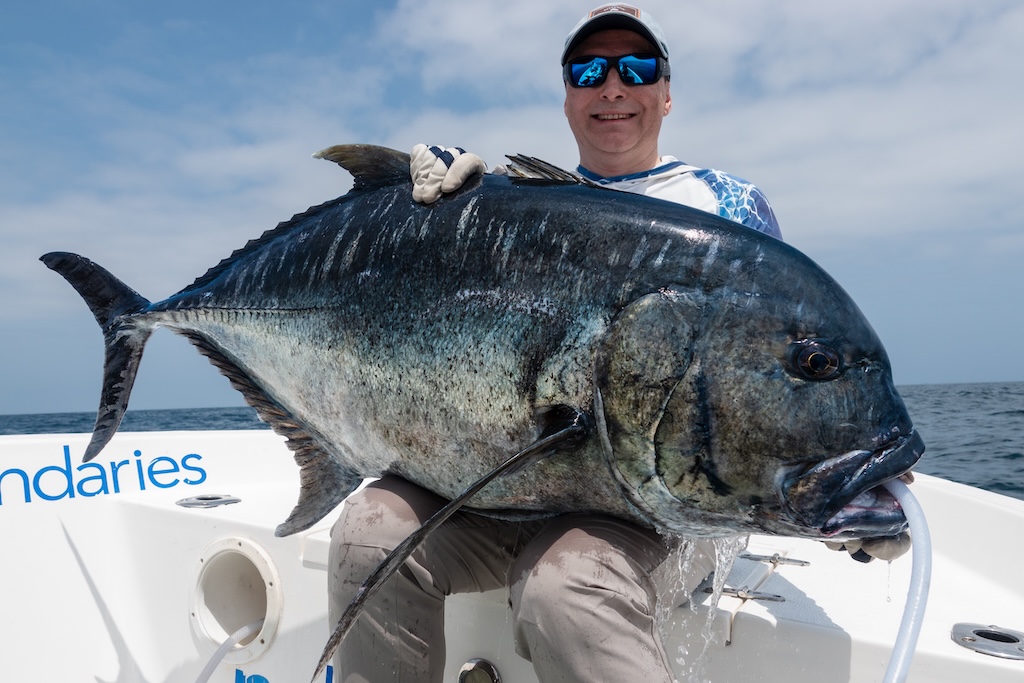
42 KG/92.6 LB Giant Trevally
Where to find Giant Trevally
Although the species are distributed across half a world map, arguably the most reliable fishing for trophy specimens is in the Arabian Sea where fish over 60kg/130lbs are caught year after year. The guide service No Boundaries Oman, provides anglers with a mothership experience right in the offshore fishing grounds of the Hallaniyat archipelago in southern Oman.
While GT can exist anywhere on a reef they specialize in feeding in shallow areas with lots of structure, current, and wave action. They are strong enough to overpower prey caught in wash and current, smart enough to use rock and coral as ambush locations, and tough enough to follow prey into areas where a person would be shredded on coral or barnacles. It was not uncommon to catch smaller GT in sub-meter-deep water with scratches on their flanks from swimming sideways. As a guide, the best fishing areas are always shallow reefs surrounded by deep water. The biggest GTs would sit in the cooler depths before launching Viking raids on the colourful reef species above them. The creme of these locations were always “bommies”, an Australian slang term for an offshore spot that was shallow enough for waves to stand up and break, like an isolated pinnacle of coral reef from the seabed to just under the surface of the water. Bommies provide a good mix of GT hunting conditions.
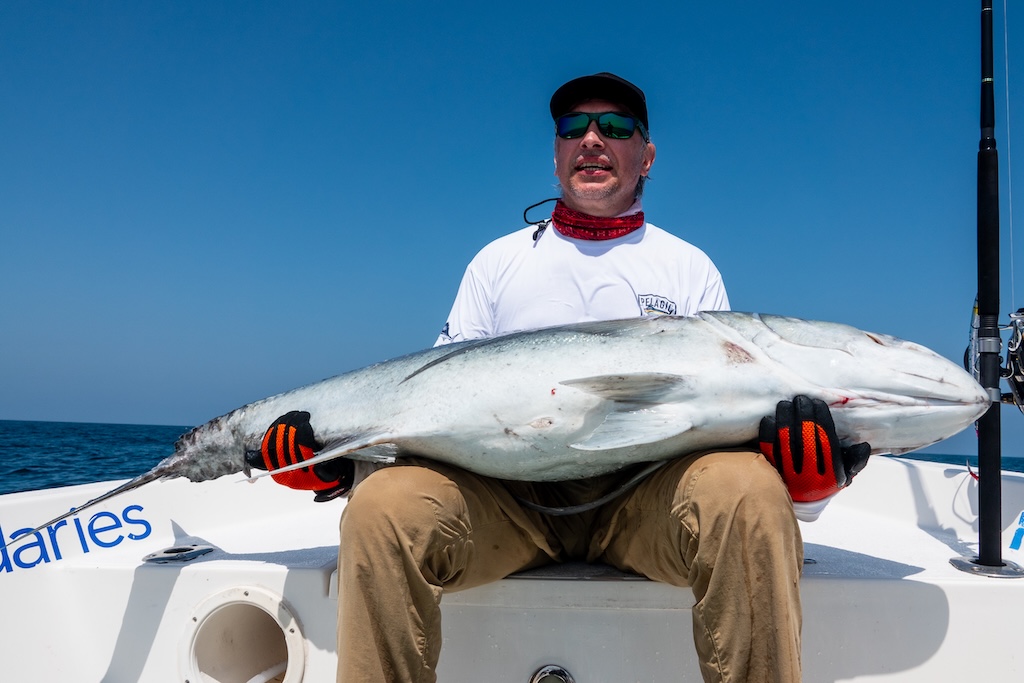
45 KG/ 99.2 LB Giant Trevally Belly Shot
What to expect?
GT fishing of any kind is not for the meek. Anglers can expect many hours in the sun on a rolling boat deck. When the hookup finally comes, these fish fight hard and dirty. It’s common for a GT to bust anglers off on rocks or coral if you don’t pressure them hard enough. This same pressure can fatally test your gear. Straightened hooks, melted split rings, shredded leaders, and snapped braid are common, but broken rods and injuries from falling over when something catastrophically fails are always possibilities. GT are not the only hazard to your equipment: Wind knots, bird beaks, and toothy things like sharks or barracuda can steal meters of line or expensive lures.
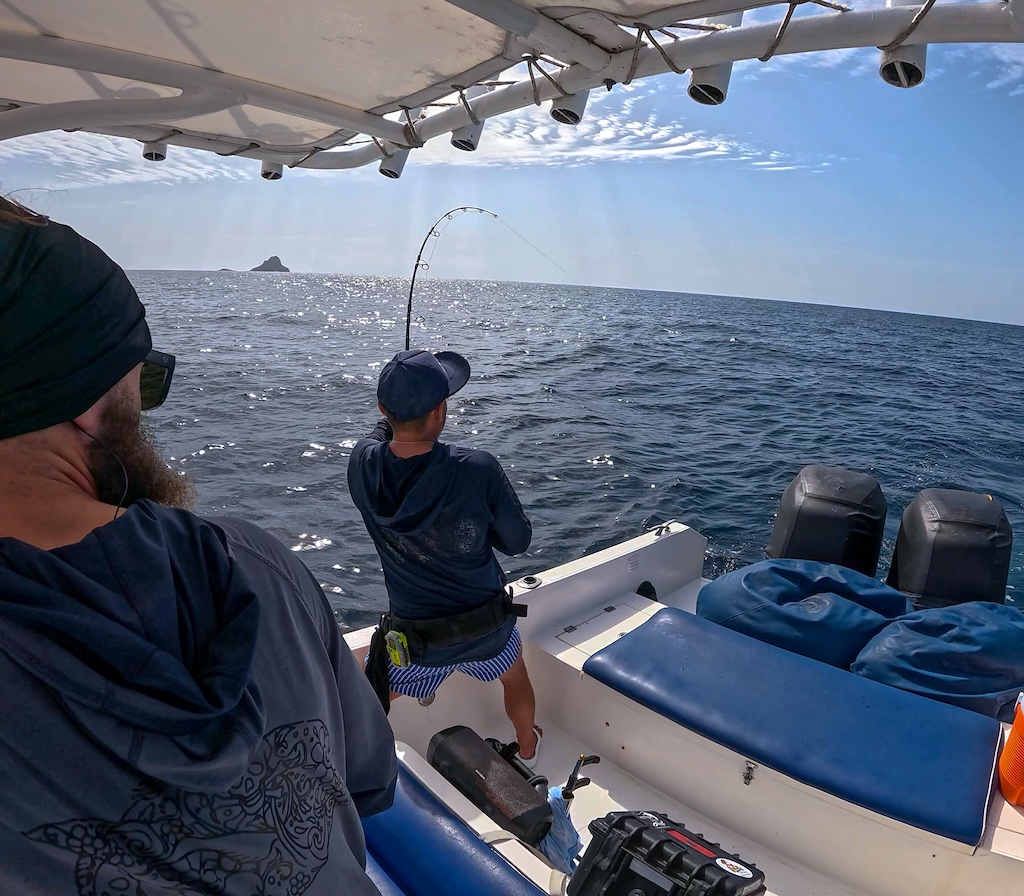
Giant Trevally – fish on!
Fishing Gear for Giant Trevally
Omani GT require the best gear you can get. There is a huge market for specialty rods, usually Japanese, as well as purpose-built hooks, fighting belts, and handmade wooden lures. Huge spinning reels in the 18000-20000 size range are a requirement with flagship reels like the Shimano Stella and Daiwa Saltiga being a common armament for avid GT chasers. These setups would be spooled with PE10 braided line, which is usually equivalent to 100-120 lb test depending on the manufacturer. (PE rating in braided fishing line refers to a Japanese system that indicates the line’s diameter, not its breaking strength, and is a standardized way to compare the thickness of different braided lines). This is topped off with several feet of monofilament shock leader/top shot, my personal favourite was the 220lb test as it’s strong, resistant to abrasion, and supple enough to tie knots in. Speaking of knots, there are two really important ones any GT angler should know. A braid-to-leader knot called the FG knot, and the leader-to-lure uni-knot.
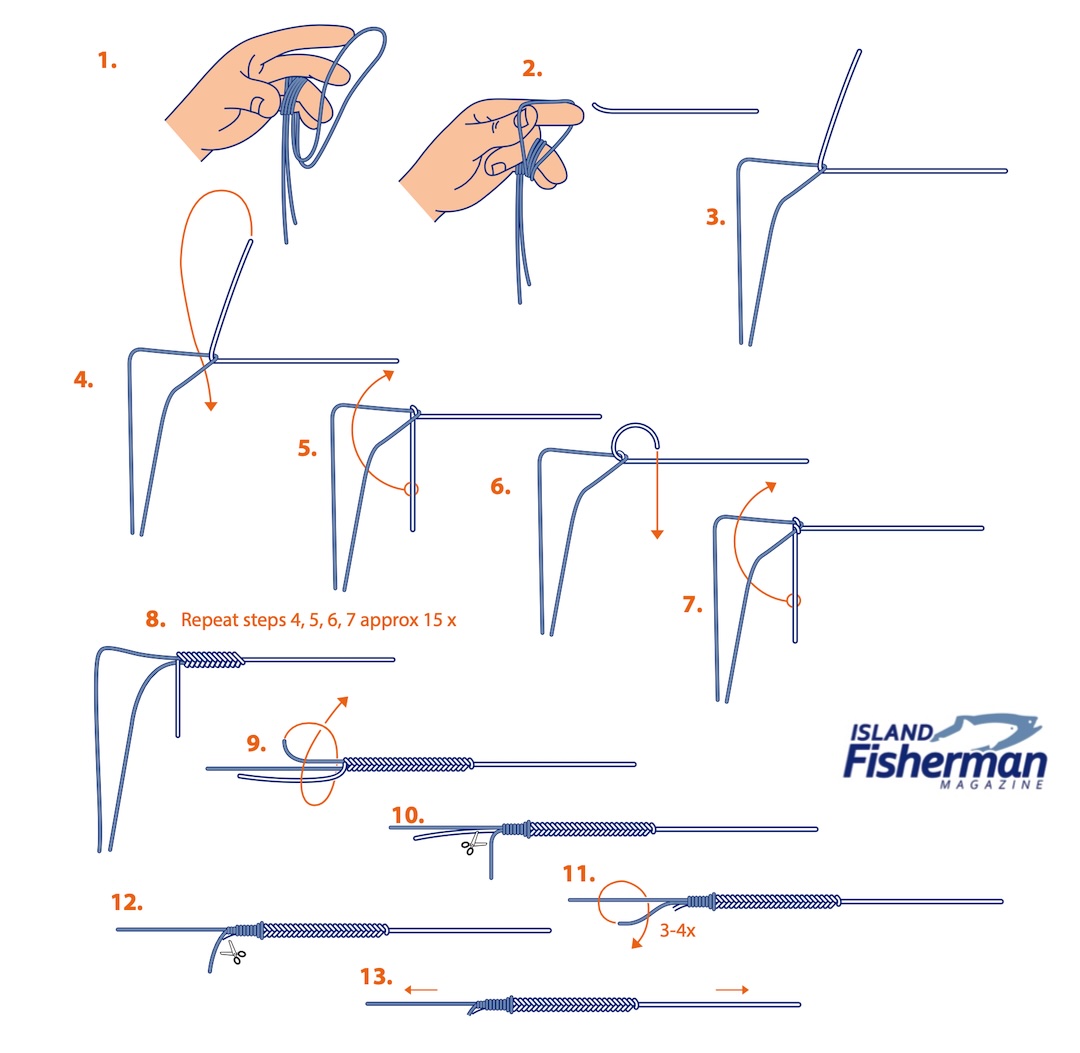
FG Knot IFM
An FG knot is a deceptively complex knot that accomplishes two things really well. It is extremely low profile to pass through rod guides effortlessly and it is very strong considering the diameter difference between the braid and the leader. The FG exchanges a bulky profile for length, with knots often being over an inch long while only being marginally thicker than the monofilament. It achieves this with the same principle a Chinese finger trap uses. The uni-knot is the same one any West Coast angler will be familiar with barring one change. It is important to double up the monofilament on your lure eye or split ring before you complete the knot. This helps distribute the pressure the wire eye puts on the nylon monofilament and prevents knot failure under large pressure.
Use Casting Gloves and a Fighting Belt
The final pieces of kit that are often overlooked are casting gloves and fighting belts. Casting heavy braided line with half a pound of lure tied to it over and over again will quickly blister your casting finger and will impact your trip. A strong pair of working hands won’t save you as the sun and seawater will soften up the toughest of mitts. Buy dedicated casting gloves or a finger protector. A similar warning applies to fighting belts. You should be focused on fighting the fish, not the pain of a rod butt digging into your belly or groin. Fighting belts also provide a comfortable spot to rest the rod when you need a short break from cating.
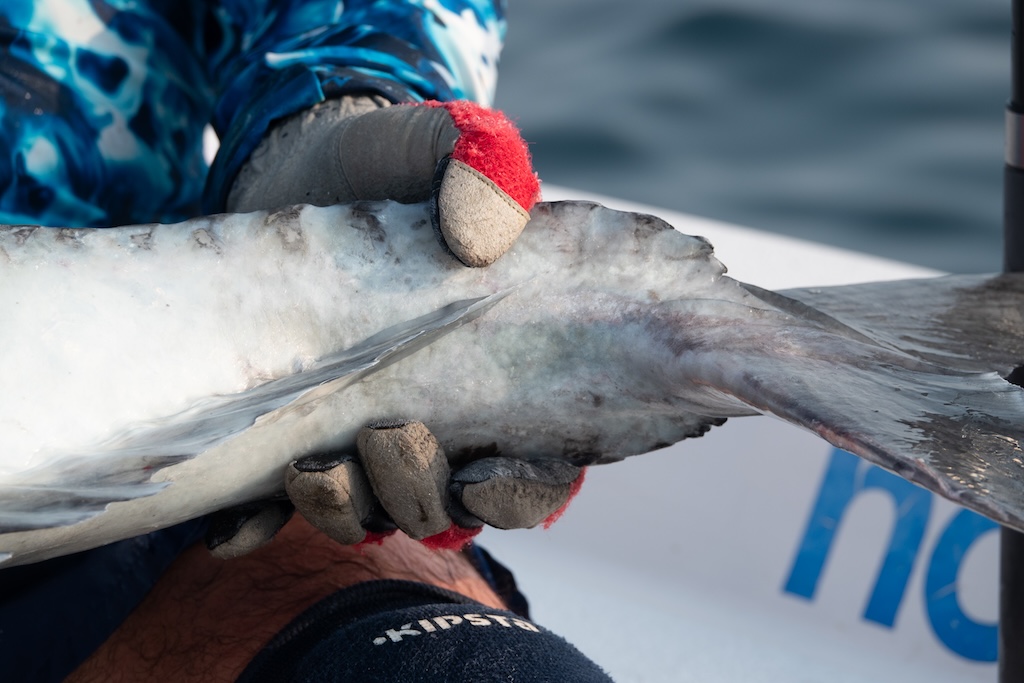
34 KG/ 75 LB Giant Trevally Tail Shot
Lures for Giant Trevally
High disturbance lures like poppers or floating stickbaits dominate the scene with handmade pieces being in especially heavy rotation. Black Ledge Lures, Blaze Garage, and Hiru are common names in the field. Action is the most important aspect of these lures, but selecting lures that stand out well against the sky or water clarity can make a big difference in your day on the water. My personal favorites in that area were white, black, and bright green as it matches a common baitfish in that area called a fusilier.
If conditions were ever too rough to effectively fish a topwater lure, anglers should try subsurface or sinking stickbait lures with lots of flash and large eye patterns.
When arming yourself for the world’s biggest GTs, come loaded for bear. Canadians traveling halfway around the world will already be investing a lot of time and resources in these fish, don’t let your lure selection be the weak link. Bring a variety of lure sizes and types ranging from 120 grams/4 ounces to 200 grams/8 ounces. After beating the water with a 200gr popper for a morning, switching to a lighter stickbait can be very good for your morale.
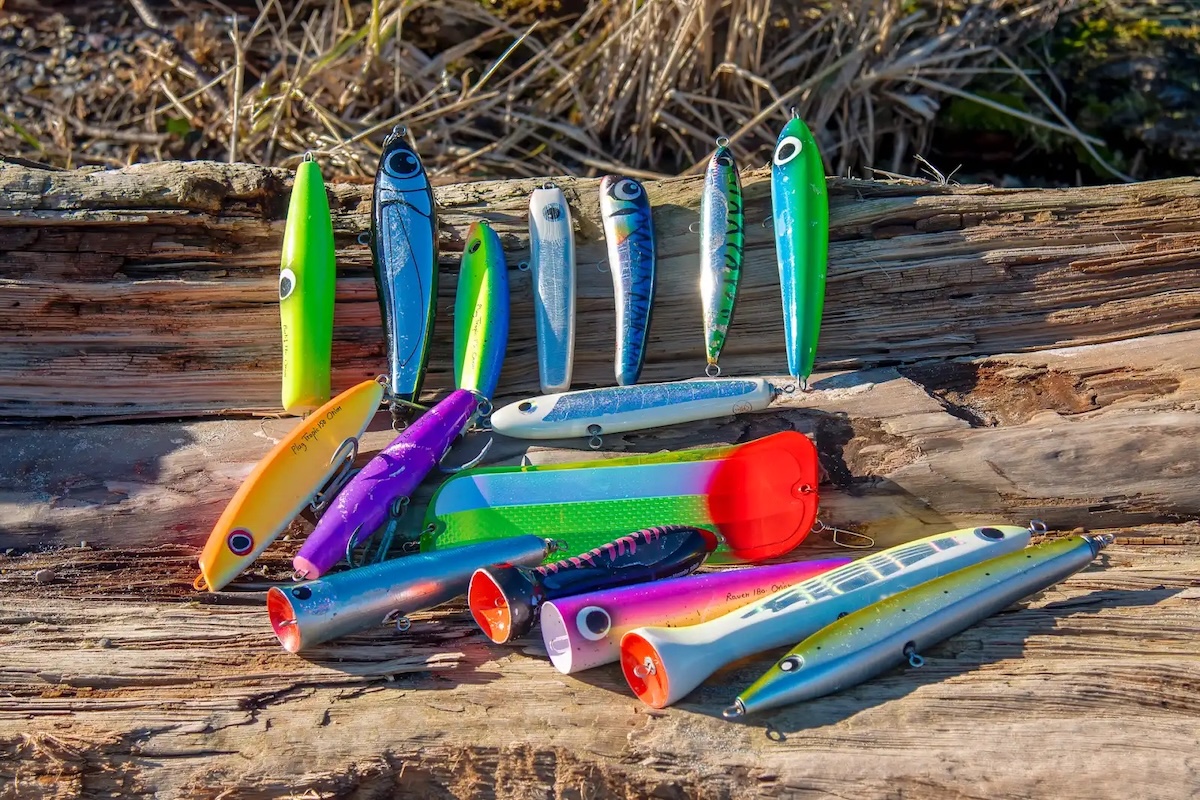
My Giant Trevally lures compared to the size of a regular flasher
Landing a Giant Trevally
Landing a big GT is a team effort between you and your guide. When the time finally comes and a GT explodes on your lure, the guide will spring to action by clearing any other anglers and their lines, putting the motor in gear, and ushering you to the back of the boat. They do this so that they can help you keep a better angle on the fish and provide extra lift to keep it from busting you off on the reef. The guide will maneuver the boat into deeper water and when it is safe, the motor is backed off and the fight continues. GT fishing is almost always catch and release, and a good guide service will take steps to protect its fishery with handling practices like using a wet landing mat or sling instead of a hot, no-slip deck, running seawater over the fish and its gills, limiting its time out of the water and reviving the fish by either towing it and forcing water over its gills, or swimming with the fish and swimming it down.
Conclusion
A traveling angler looking to expand from North America should prioritize giant trevally—they offer a great excuse to see the world, and their tropical range is going to be popular areas for family members who don’t fish.
Some guide services offer rental tackle if you don’t want to commit to purchasing a new setup, and the skills associated with GT fishing are transferable to other famous species such as Cubera snapper, striped bass, snook, tuna, tarpon, and crevalle jack.
Need more? How about a video?
Visit the Store
$34.99
$34.99
Featured Catch

Joel Unickow halibut (Photo: Rob Frawley Lucky Strike Sportfishing Tofino)
